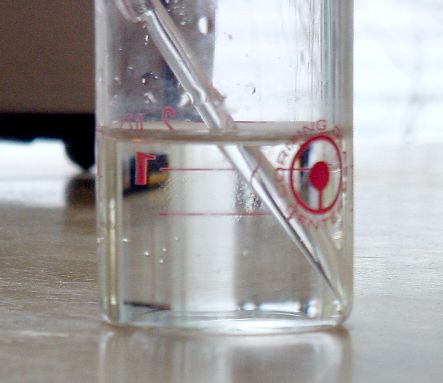When i started blogging i knew like what to do but then just to make it clear i started surfing about tips for making a good blog and i came across many things and the below are few best points that i came across.Just have a glance if you are new to blogging and its just a "turnback to the basics"
- Long, thoughtful, provoking and inspiring articles – every now and then. You don’t want to overwhelm your blog followers with three or four blog posts a week that span several screen lengths. But once in a blue moon – go for it!
- Short thoughtful, provoking, and inspiring articles – get the difference? You don’t have to write a novel. Just a paragraph or two.
- ”How-to’s” – 3 steps, 5 secrets, 3 tips types of articles. For example, three things you need to pack for a day-long hike. Or five must-haves in your make-up kit.
- Quotes – yours or others. You can just post the quotation, or you can explain why this particular quotation is particularly inspiring to you.
- Resources – this is where you share your favorite things: books, tools, other coaches/consultants/experts.
- Quick stories about something that happened to you that highlights a perspective you believe in.
- Poems or songs about your movement that would be inspiring to your tribe
- Events you are offering/leading – yes, you can even post sales-type posts in your blog. (Which is really handy when you have your blog linked to social networks.)
- Stories about your friends – their shifts, aha’s, awarenesses, why they work with you, results, profiles. Stories show what you do, much better than you just telling what it is you do.
- Updates, feedback, buzz about events you are leading, such as “The top 3 questions I’m getting from my friends...”
- Stories, themes or trends you are seeing with your mates/colleagues.
- Free checklists - you probably have all kinds of “get started quick” type of lists – use these as special blog postings to generate credibility and expertise
- Any events where you are appearing, being interviewed, telesummits, and the like. Let people see what you’re doing!
- Photos – photos – photos! They are inspiring! Of you, your surroundings, your clients, people you are with, you and your mentors.






